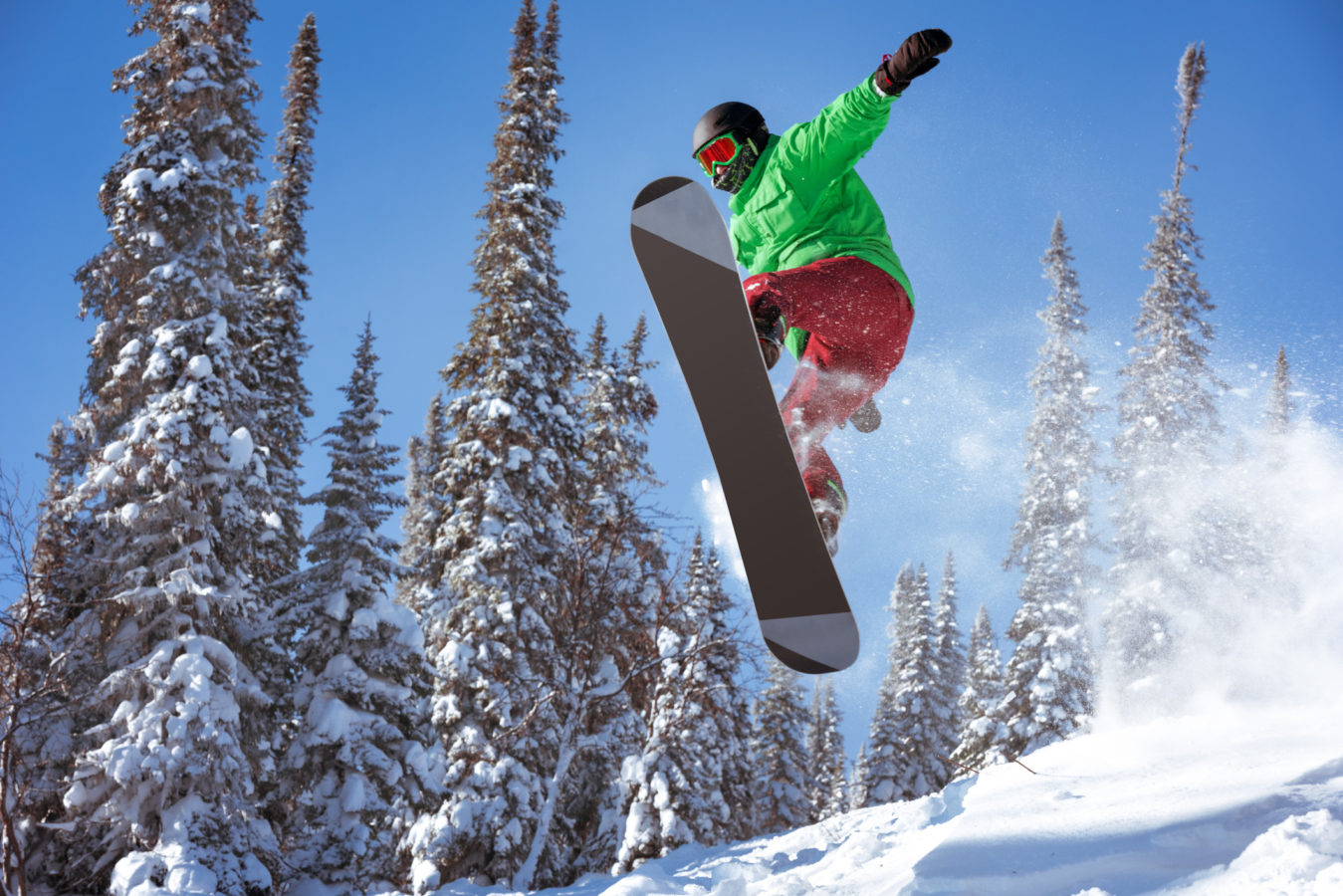
Let us look at some of the most common cold-weather sports injuries and winter sports safety tips to help you stay healthy and avoid accidents when you hit the snow this winter.
For many people, cooler weather means lacing up ice skates, strapping on ski boots, and hopping on snowboards, snowmobiles, and sleds. There is a range of competitive and recreational sports and activities for people of all ages to enjoy when the temperatures drop. But while winter sports are a great way to stay healthy and active throughout the season—but they also come with the risk of injuries. The U.S. Consumer Product Safety Commission reports that nearly 200,000 people were treated in doctors’ offices, hospitals, and emergency rooms for winter sports injuries in a single year.
Because of the speed, quick changes in direction, and risk for falls, the following injuries are common in winter sports:
Ligaments are strong connective tissues that connect bones together, usually at the joints. They act to stabilize and support the joints, so they do not shift out of position. When the knee is twisted or moves out of its normal position, like in skiing, ligaments such as the medial collateral ligament (MCL) or anterior cruciate ligament (ACL) can be stretched or torn. Knee sprains are one of the leading injuries among skiers.
Cartilage is the primary type of connective tissue in the body. While it is tough and flexible, cartilage is still susceptible to injury. Sharp pivoting on the knee can also lead to cartilage damage in the knee, specifically of the meniscus which is located between the femur (thigh bone) and tibia (shin bone). Meniscus tears can be painful and limit the knee’s ability to bend or straighten.
The wrist and forearm are vulnerable to injury when one reaches down to brace against a fall. Someone who is falling may land on their palms, which can bend the wrists backward and stretch or tear the ligaments connecting the wrist bones.
The wrist bones can also fracture or become dislocated with trauma to the hand. Wrist guards worn while snowboarding, skiing, and skating can help to protect against serious and painful wrist injuries.
A concussion is one type of traumatic brain injury (TBI) caused by a blow to the head or trauma to the body that causes the head and brain to move suddenly back and forth. This motion can lead to chemical changes in the brain and possible brain cell damage. Concussion symptoms include headache, dizziness, nausea, and confusion.
A skull fracture is a break of the bones of the skull, or the cranial bones. Like a concussion, a skull fracture can be caused by a forceful bump or blow to the head, often in a fall. Anyone who participates in winter sports is at risk of a head injury.
Wearing a helmet is one effective way to prevent these and other TBI during activity. One study of skiers and snowboarders with head injuries found helmets significantly reduced the occurrence of fractures in particular.
Sports enthusiasts don’t need to hang up their skates just yet. Most winter sports injuries can easily be prevented with care, preparation, and the appropriate safety gear. Check out these winter sports safety tips to help prevent injuries:
If you participate in winter sports, hit the gym at least 4-6 weeks before going out to build the strength of your core, hips, and legs. Fatigue of these muscle groups can lead to poor technique– and poor technique leads to injuries.
A before you hit the slopes is just as beneficial for winter athletes as it is for treating them if they get hurt. Your physical therapist can prescribe exercises and stretches based on your own health and fitness needs and goals, and the sports and activities you look forward to when the temperatures begin to drop.
Aerobic training including brisk walking, elliptical, ski machines can also help to prepare your cardiovascular system for long periods of winter activity.
Instructional classes and demonstrations on winter sports can be worthwhile for preventing winter sports injuries. Not only can instructors give tips on technique, but they can also help with selecting appropriate equipment and recommend the safest and most appropriate ski/ snowboard slope level for your skill level.
We have already mentioned how important it is to wear a helmet for many winter weather sports. Wrist guards, knee pads, and elbow pads also help protect bones and joints from damage. Insulated clothing and accessories protect the body from exposure in freezing temperatures.
Although these are cold weather sports, your muscles shouldn’t be cold when taking part in them. Take just five minutes to perform dynamic exercises (squats, lunges, wrist circles, trunk rotations, leg swings) to get the blood moving before jumping into your favorite winter sport.
Just like in any other sport, your body needs water to perform well. Even when it’s cold out, you will still sweat during intense physical activity. Playing sports at a higher elevation can also lead to dehydration as well making staying hydrated even more important. Take breaks to re-hydrate and know the first signs of dehydration including fatigue, dry mouth, and headache.
Participating in winter sports when tired may increase the risk of injury. Take breaks and recharge. Stay aware of other people around you and also keep an eye out for marked trails and other signs. If you are going out alone, let someone know where you will be and when you plan to return.
Common winter sports injuries can lead to major pain and mobility problems if not treated. Physical therapists can work with you to develop a program to prepare for your winter sports with safety tips and assessing and treat any injuries sustained during these activities. Find a physical therapy clinic near you.
External Sources: